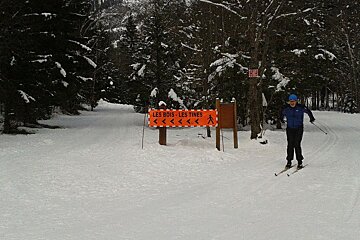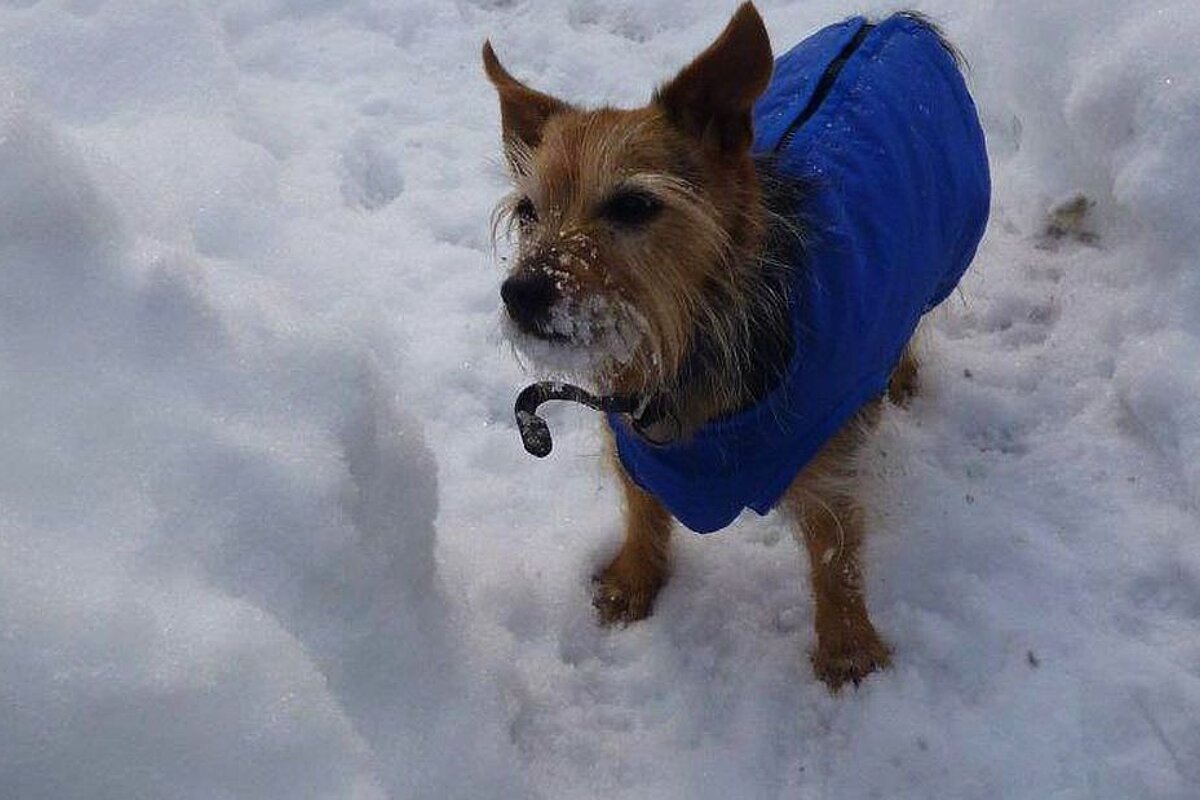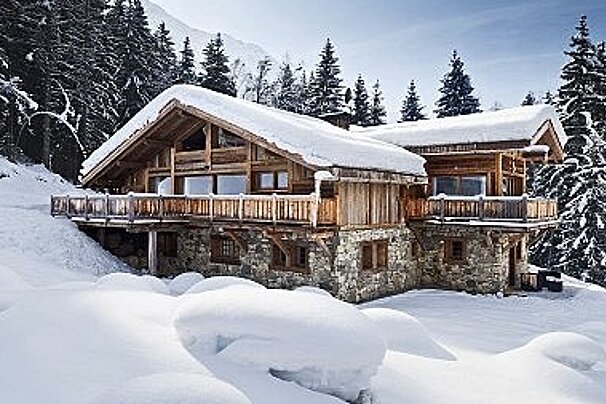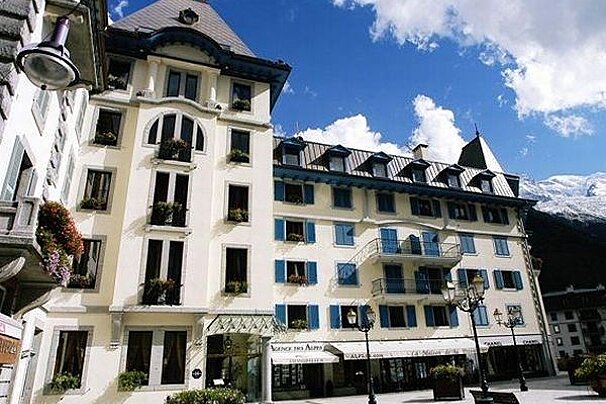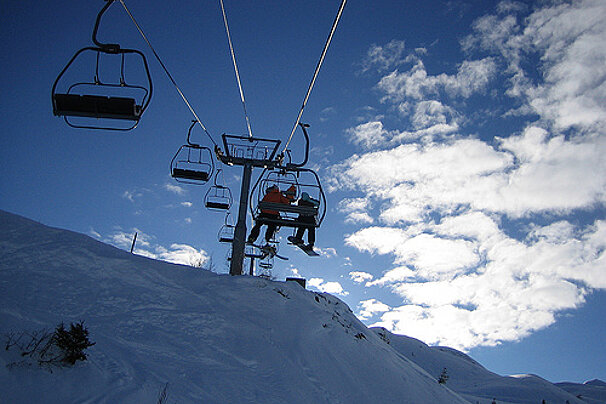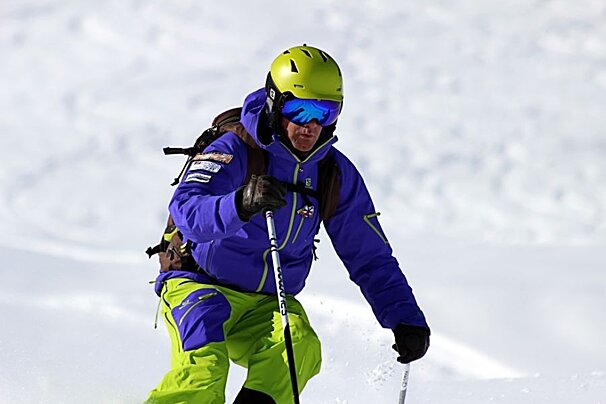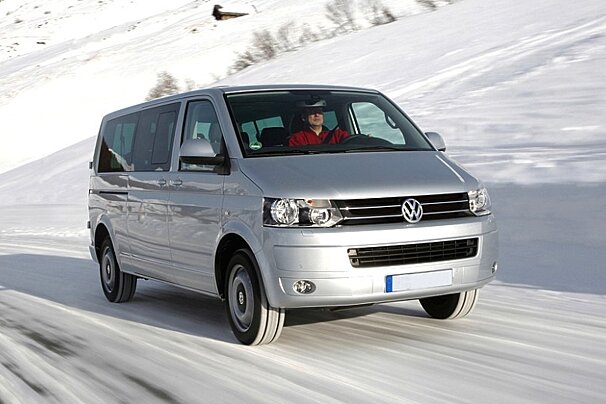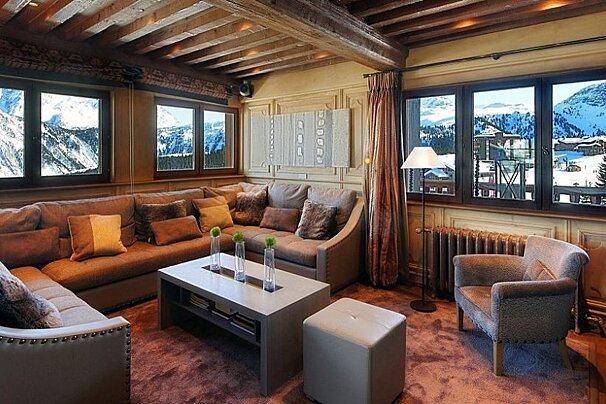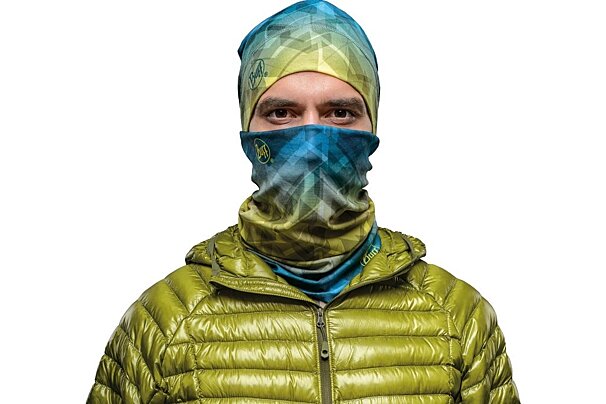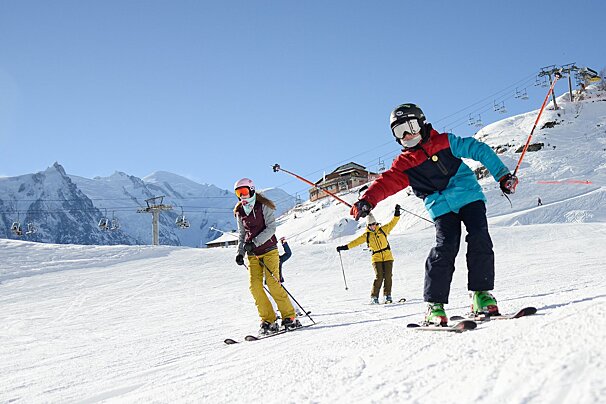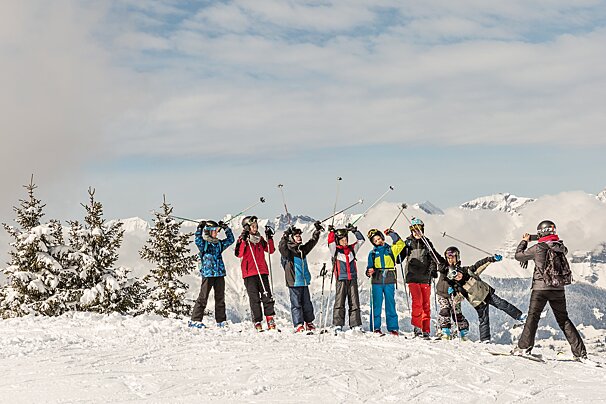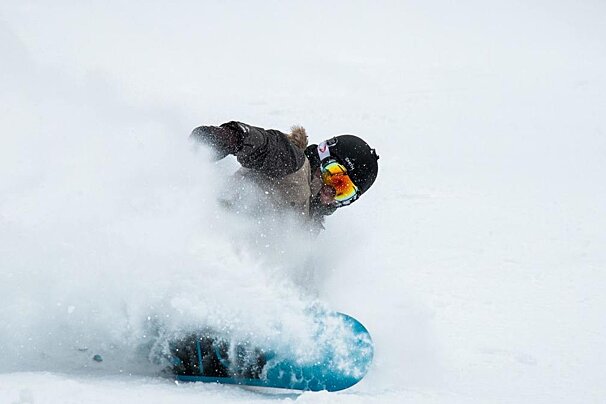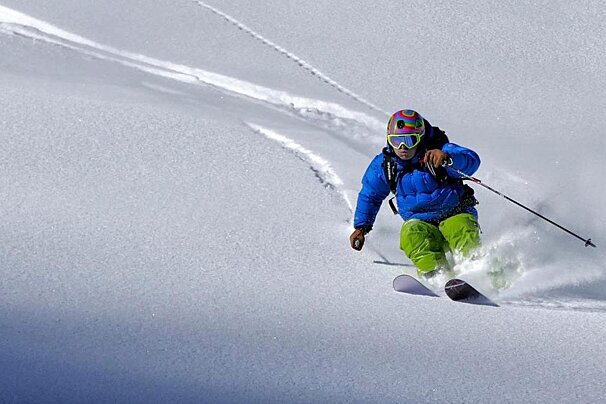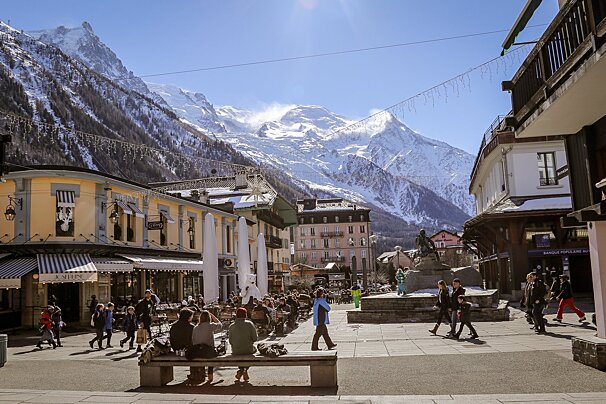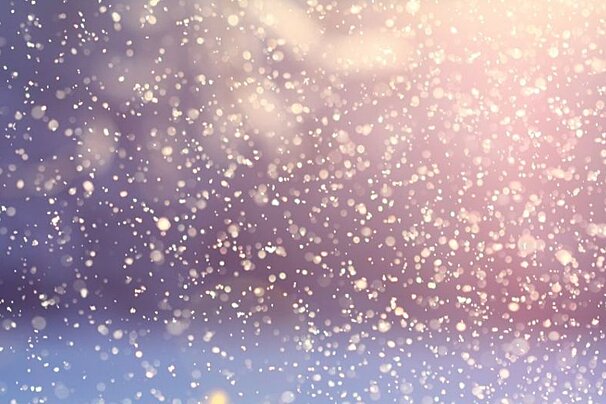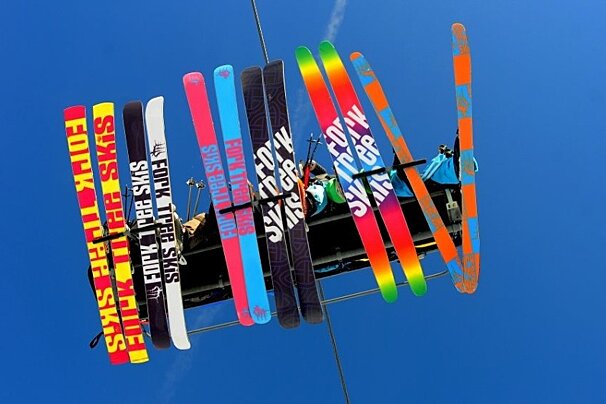
Winter Trail Running in Chamonix
Hitting the Chamonix trails all year round
Running in the snow may not be everyone’s cup of tea but if you have a few essential pieces of kit and a bit of motivation to brave the cold, it’s well worth the effort.
The trails are in great condition at the moment; the recent snowfall has covered over the icy patches and the cold temperatures have kept it nice and chalky, giving decent traction and a firm landing.
I’m currently in training for a new challenge this summer and need to hit the trails and get my fitness levels back up. Today I went for a quick lunchtime spin and found fantastic conditions all the way up to Les Tines.
You can start from the cross-country ski chalet opposite the MBC or the path behind the sports centre that runs alongside the river; they both follow more or less the same route past the parapente field, under the road and through the Desert Blanche. Be careful to stay on the walking path and not on the ski trail though as stomping all over the pistes is considered very bad form.
Once at the end of the Desert Blanche I swung a left and followed the purple snowshoe trail signs for the “Boucle de Tines”. This is one of my favourite routes, straying away from the ski pistes and twisting up through the trees into a snowy wilderness. If you want to go exploring you can find lots of little footpaths that weave and in out of the forest. It’s such a beautiful place, far from the roads and you’ll sometimes spot wild deer quietly watching you from amongst the trees.
“Boucle” means loop, so you end up going round in a circle and finishing up more or less where you started. The first section climbs steadily up on a well covered and fairly wide path, which intersects the cross-country ski trails in a couple of places. Once you come out at the highest point it branches off sharply to the left and this is where the fun starts! Steep in some places with lots of tight twists and turns, this path is much narrower and goes deeper into the forest. I’m always a bit braver at running downhill in the snow as the rocks and tree roots are all covered and I feel less likely to trip or twist an ankle. Let yourself fly!
After coming back to the Desert Blanche and following the hiking trails back to the cross-country chalet I’d managed just on 10km - you can easily make this route as long or short as you like by adding in extra loops. Your best bet is to call into the tourist office and pick up a snowshoe trail map - anywhere you can snowshoe, you can run.
There’s no such thing as bad weather, just the wrong clothes
- If your running shoes don’t have a deep tread or built-in spikes then consider getting a pair of crampons. They are usually mounted on a rubber base that stretches over your shoe, hooking over the toe and the heel. The studs don’t look like much but they’re pretty sturdy and give great grip on even quite icy ground. Don’t forget to take them off before you go inside though, especially if you’re going into a shop with slippy tiles - it would be most embarrassing to go skidding through the doorway of Super-U and end up doing the splits in the vegetable aisle (not that it’s ever happened to me of course).
- Even if you get quite hot when running, still wear a thin thermal vest as a base layer. It’ll help stop your body temperature from plummeting if you have to slow your pace or stop.
- Buff up! Get yourself one of those stretchy fabric things that multi-function as a scarf, bandana, hat, etc. You can wear them round your head to keep your ears warm without your barnet overheating, or over your face to protect your nose and mouth against the cold. Buff is the most well-known brand name and comes in a range of funky colours but most sports shops also stock their own version for significantly less cash. If you’re on a budget you can channel your inner bank robber and fashion one from a pair of old tights, I’ve done it and they actually work really well! Remember that thermals will be far more effective than fishnets in this case.
- Wear gloves even if it’s not very cold, you can get thin ones that protect against wind chill and keep the damp out. They’re also handy for wiping your nose on, which brings me to my next bit of essential advice…
How to Snot Rocket : 3 Easy Steps to Clear Nostrils
The “snot rocket” is an essential skill, favoured by trail runners and other outdoor sporty types. It enables you to blow your nose without breaking pace and without the need for tissues or handkerchiefs.
- Ready: Block off one nostril with a finger (against the side of the nose, not up it)
- Aim: Turn your head and aim your open nostril away from your body, taking wind direction into account. You want to be sure of your trajectory otherwise it could easily lead to… well, we can all imagine what it could lead to.
- Fire!: Blow hard through the open nostril. We’re aiming for a short sharp blast rather than a long bugle call, it’s actually easier the more out of breath you are. It may take a few attempts to get right but once you’ve mastered it you’ll never look back. In the meantime, that’s what your gloves are for.
On the off-chance that you're wondering what the new challenge is that I'm training for... this summer myself and a group of running pals will be heading off to Colorado to take part in the Transrockies Run in aid of Kennedy's Disease. The Transrockies Run is a 120 mile cross-country race that takes place over 6 days, averaging about 20 miles per day. The terrain is tough; we'll be running through forests, up mountains, across rivers and maybe even having to dodge the odd bear! It's all in a good cause though and we are motivated by our mission to raise as much money as possible to fund research into Kennedy's Disease, a motor-neurone related condition that is debilitating and incurable. If you are interested in supporting us, or just want to know more about the charity, please visit our website The Neverest Girls, or follow us on Facebook. Thank you!
